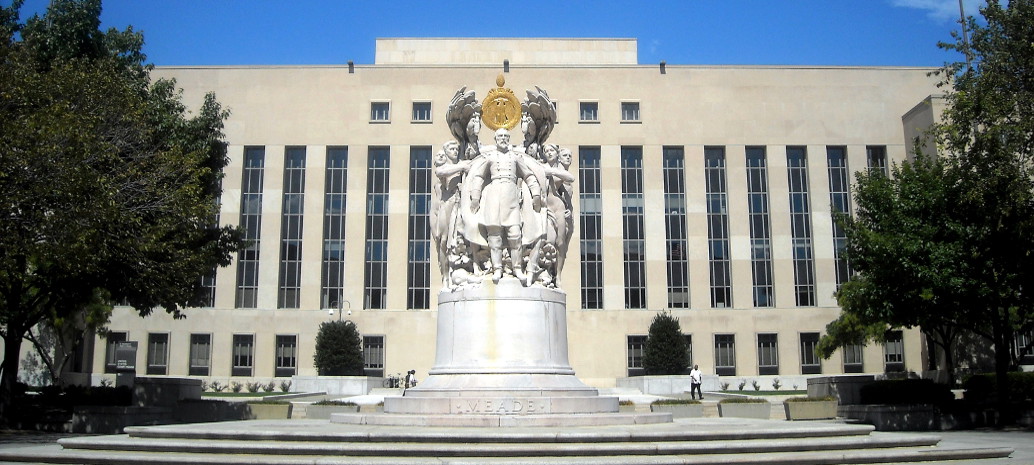On the final day of Donald Trump’s presidency, a federal appeals court struck down a policy that was set to undo Obama-era emission reduction efforts. The court ruled the 2019 Affordable Clean Energy Rule (ACE) was “legally flawed.”
ACE replaced President Obama’s 2015 Clean Power Plan, which aimed to reduce U.S. power sector emissions by 32% below 2005 levels by 2030. Instead, ACE looked to lower power sector emissions by 11 million tons, roughly 0.7% and 1.55%, by 2030.
In addition to a lower overall emission reduction goal, the policy encouraged fossil fuel combustion by calling for changes to coal-fired power plants that included operating them in a more efficient manner and potentially upgrading equipment.
One study found that ACE would cause 28% of model coal plants increase their emissions by 2030 more than a scenario with no policy at all. An EPA regulatory impact assessment found that the additional pollution attributable to ACE could cause between 460 and 1,400 additional deaths per year by 2030.
ACE was originally authored by coal-lobbyist-turned-EPA-Administrator, Andrew Wheeler.
What’s next?
While the removal of ACE marks the first of the Trump-era climate and energy policies to fall, a successor rule might be quickly introduced.
Neither ACE nor Obama’s Clean Power Plan were effectively implemented. ACE was challenged by 23 Attorneys General plus numerous environmental and clean energy groups. The Clean Power Plan never took effect due to a number of state-initiated lawsuits.
It is unlikely that the Biden Administration will look to reinstate the Clean Power Plan. Instead, it will likely call upon the Environmental Protection Agency to draft an updated standard. That responsibility will fall to Michael Regan, currently serving as the secretary of the Department of Environmental Quality of North Carolina, who has been picked by Biden to head EPA.
One core principle of the climate plan that Biden campaigned on includes ensuring that the U.S. achieves a 100% clean energy economy and reaches net-zero emissions no later than 2050. He also pledged to institute a standard of 100% clean electricity by 2035.
These goals are likely be met with opposition if they make their way into proposed legislation or rulemaking. However, one luxury that the Biden Administration will have that the Obama Administration lacked is greater public and industry support for emission reduction and renewable energy. Since 2015, multiple states as well as investor-owned utilities have established their own standards for emission reduction and clean energy deployment.
This content is protected by copyright and may not be reused. If you want to cooperate with us and would like to reuse some of our content, please contact: editors@pv-magazine.com.









By submitting this form you agree to pv magazine using your data for the purposes of publishing your comment.
Your personal data will only be disclosed or otherwise transmitted to third parties for the purposes of spam filtering or if this is necessary for technical maintenance of the website. Any other transfer to third parties will not take place unless this is justified on the basis of applicable data protection regulations or if pv magazine is legally obliged to do so.
You may revoke this consent at any time with effect for the future, in which case your personal data will be deleted immediately. Otherwise, your data will be deleted if pv magazine has processed your request or the purpose of data storage is fulfilled.
Further information on data privacy can be found in our Data Protection Policy.